In this article, we will explore the factors leading to damp basements, diagnose and treat wet basements, and provide preventative measures to avoid future problems.
Factors Leading to Damp Basements and Moisture Buildup
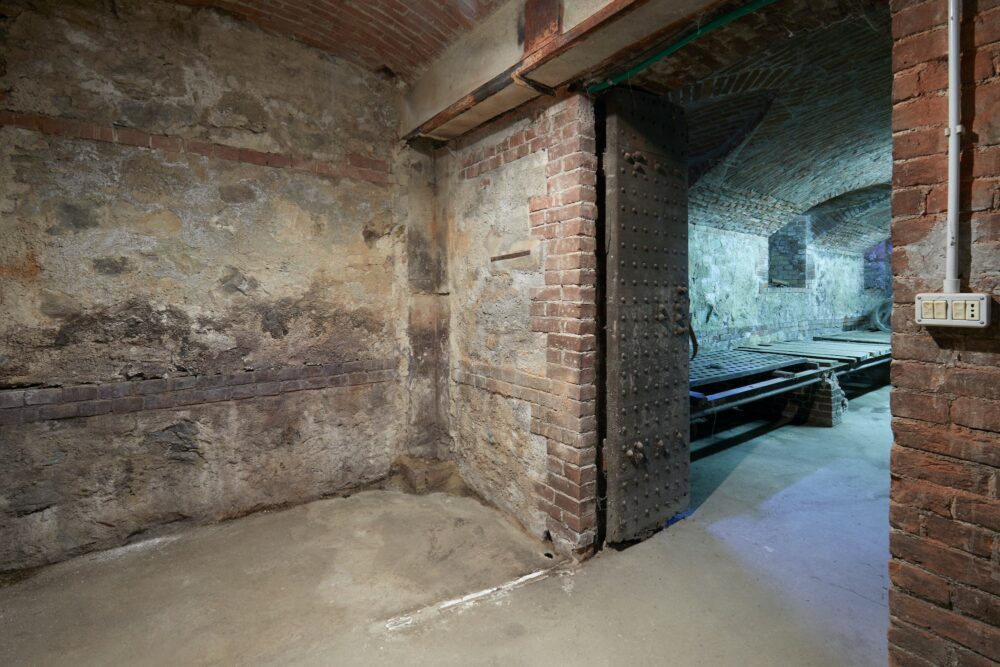
- Cracks in foundation: Over time, the foundation of your home may develop cracks, allowing water to seep in and cause dampness.
- Poor drainage: Inadequate or clogged gutters and downspouts can cause water to pool around your home’s foundation, leading to basement moisture.
- High water table: If your home is built on land with a high water table, groundwater can infiltrate your basement, causing moisture issues.
- Ineffective vapor barrier: An insufficient vapor barrier under the concrete slab can allow moisture to seep in from the ground.
- Poor ventilation: A lack of proper ventilation can cause humidity to build up, leading to condensation and dampness.
Eliminating Sources of Basement Water Leakage
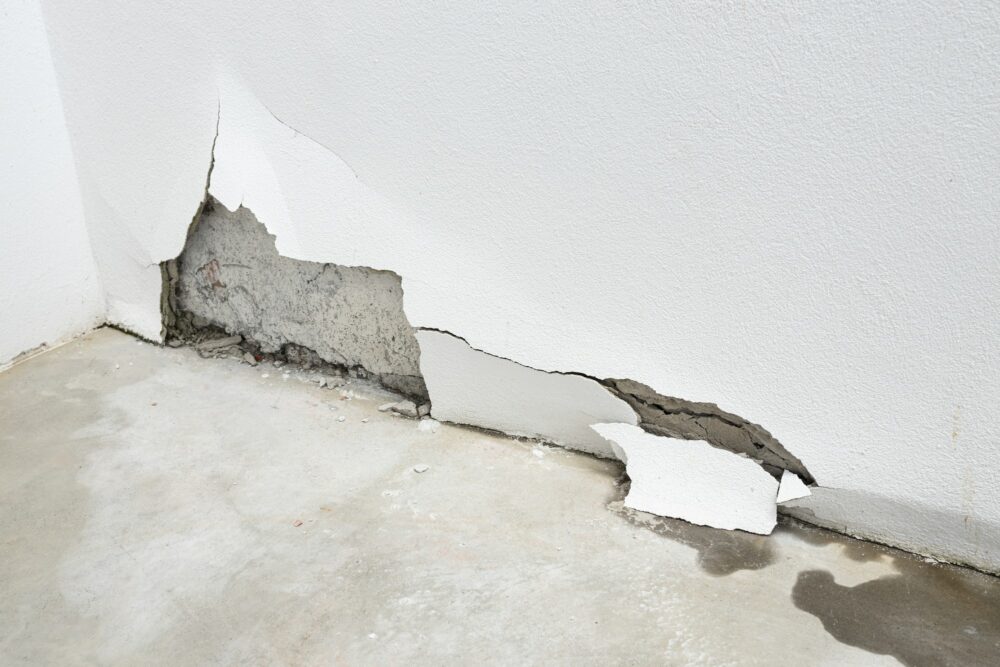
- Inspect gutters and downspouts: Ensure they are free of debris and properly positioned to direct water away from your home.
- Seal foundation cracks: Use a waterproof sealant to repair any cracks in your foundation.
- Install a sump pump: A sump pump can help remove excess groundwater from your basement.
- Apply waterproof paint: Painting your basement walls with waterproof paint can provide an additional barrier against moisture.
- Improve ventilation: Install exhaust fans or vents to help reduce humidity in your basement.
Basement Dampness Causes and Solutions
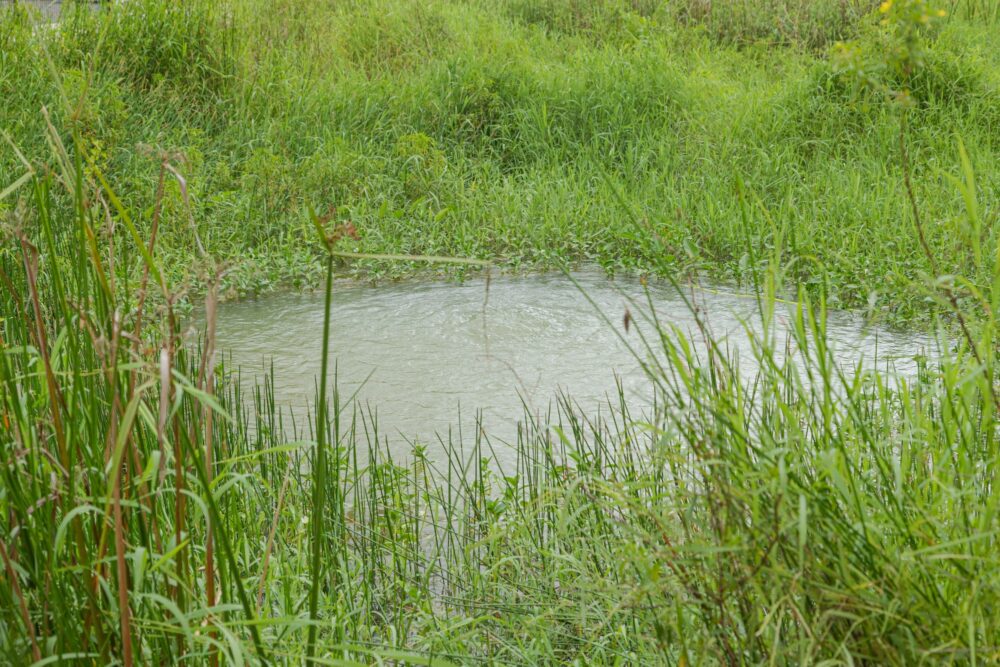
Understanding the cause of your basement dampness is essential to finding the appropriate basement waterproofing solution. Here are some common causes and their corresponding solutions:
- Condensation: Use a dehumidifier to reduce humidity levels in your basement.
- Water seepage: Waterproof your basement by sealing cracks and applying waterproof paint.
- Groundwater infiltration: Install a sump pump to remove excess water from your basement.
Basement Moisture Problems and Their Impact on Health
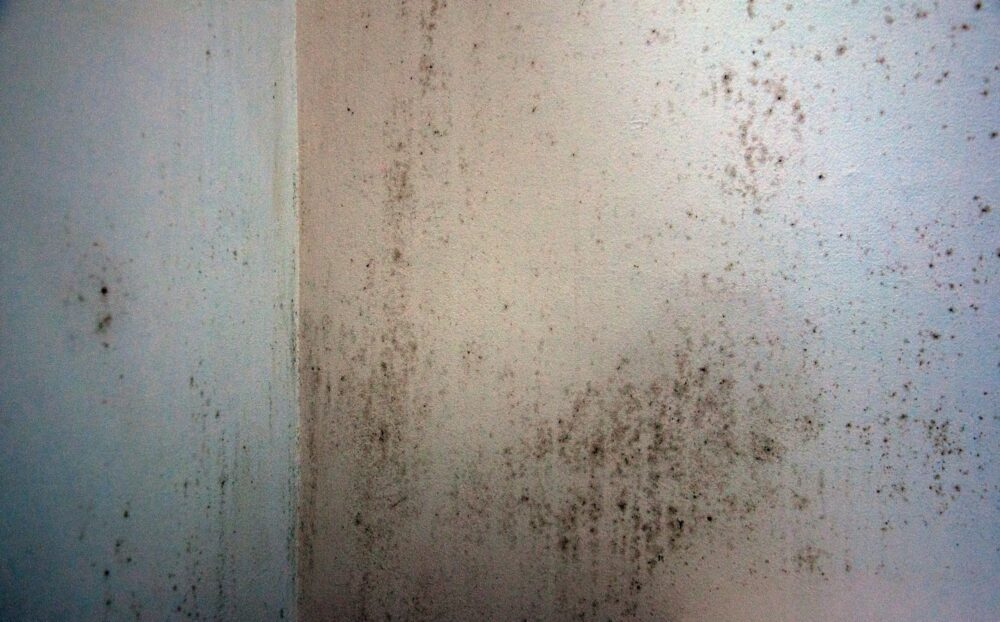
Damp basements can have negative effects on health, including:
- Mold growth: Mold thrives in damp environments and can cause respiratory issues and allergic reactions.
- Pest infestations: Moisture attracts pests such as rodents and insects, which can carry diseases and cause property damage.
- Structural damage: Excessive moisture can weaken the structural integrity of your home, posing safety risks.
How to Diagnose and Treat a Wet Basement
- Inspect for signs of moisture: Look for water stains, mold, and a musty smell in your basement.
- Identify the source: Determine if the moisture is coming from condensation, seepage, or groundwater infiltration.
- Implement solutions: Based on the identified source, apply the appropriate solution(s) mentioned above.
Preventative Measures for Basement Dampness
- Regular maintenance: Routinely inspect and maintain gutters, downspouts, and your foundation.
- Proper landscaping: Ensure the ground slopes away from your home to prevent water pooling near the foundation.
- Insulate basement walls: Proper insulation can help reduce condensation and improve energy efficiency.
Common Reasons for Basement Water Seepage
- Hydrostatic pressure: Groundwater can exert pressure on your basement walls, causing cracks and water seepage.
- Window wells: If not properly drained, window wells can accumulate water and cause leaks.
- Construction joints: Water can penetrate through construction joints, such as where walls meet floors or between wall sections.
The Link Between Basement Moisture and Mold Growth
A damp basement provides the perfect environment for mold growth. Mold can cause various health problems, including respiratory issues, headaches, and allergic reactions. To prevent mold growth, it’s essential to address basement moisture issues promptly.
Signs of Basement Moisture and What to Do About It
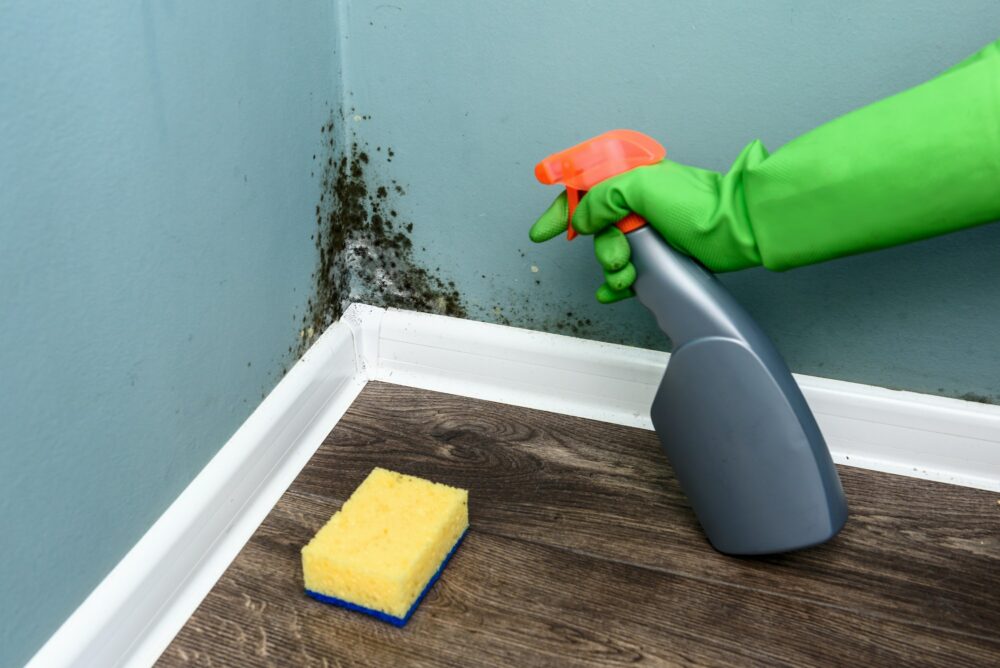
- Water stains: Look for water stains on walls, floors, or ceilings, indicating moisture issues.
- Mold or mildew: Visible mold or a musty smell are signs of moisture problems.
- Efflorescence: White, powdery deposits on basement walls indicate moisture penetration.
- Peeling paint: Bubbling or peeling paint may suggest water damage.
If you notice any of these signs, take action by identifying the source of the moisture and implementing appropriate solutions.
Addressing Basement Humidity and Moisture Control
- Dehumidifiers: Use a dehumidifier to reduce humidity levels in your basement.
- Proper ventilation: Ensure your basement has adequate ventilation to prevent humidity buildup.
- Insulation: Insulate basement walls to minimize condensation and improve energy efficiency.
Causes and Effects of Basement Condensation
Basement condensation occurs when warm, moist air comes into contact with cold basement surfaces, causing moisture to form. This can lead to various issues, including mold growth, structural damage, and an uncomfortable living environment. To reduce condensation, improve insulation, and use a dehumidifier to lower humidity levels.
How to Combat Basement Dampness and Moisture
- Preventative maintenance: Regularly inspect and maintain your home’s drainage system and foundation.
- Waterproofing: Seal any cracks or openings in your basement to prevent water seepage.
- Moisture control: Use a dehumidifier, proper ventilation, and insulation to manage basement humidity levels.
Groundwater and Basement Moisture Problems
Groundwater can cause basement moisture problems by exerting hydrostatic pressure on your home’s foundation or infiltrating through cracks and construction joints. To address groundwater issues, install a sump pump, waterproof your basement, and maintain proper drainage around your home.
Why Basements Get Wet and How to Keep Them Dry
Basements get wet due to poor drainage, foundation cracks, high water tables, and condensation. To keep your basement dry, implement preventative maintenance, address sources of water leakage, and effectively manage humidity levels.
By understanding the various causes of basement dampness and taking appropriate action, you can maintain a healthy, dry basement that protects your home and your family’s well-being.











